Identify how [you] can communicate with your loved ones. This should include a location to meet if cell service is interrupted.
— Community safety, the City of Minneapolis
Welcome to the new normal, where the government of a large Midwestern city is advising its residents to have an alternate way to communicate if the cell towers go down. Such are the times we live in, when anything from natural disasters to bizarre fringe conspiracies can threaten to take your mobile phone offline.
For decades, the standard cell-phone alternative has been ham radio. But with the advent of increasingly cheap satellite communications, folks who want to prepare for loss of cell service in the city now have some fantastic alternatives.
One of these best of the new crop of affordable satellite communication devices is the $350 Somewear Global Hotspot. This product takes an approach to satellite connectivity that I hope will become more common. Instead of having you pay for a unit with a screen and keypad, the Somewear acts as a small hotspot that you pair your phone with and use as a satellite uplink.
More: Emergency kit / bug out bag list
When paired with the hotspot hardware, the dedicated Somewear app (Android and iOS) gives you a familiar, easy smartphone interface for satellite-based messaging and data services. Right now, those services are text messaging, mapping (and tracking), and weather.
All of the above are useful in a grid-down scenario, and they all work well enough in my testing that I’d be comfortable relying on them in an emergency. Let’s take a closer look at what this product offers, and at how those offerings stack up in actual use.
To boil it all down up front, here’s the bottom line:
- The Somewear Global Hotspot is an excellent store-it-and-forget-it-in-a-go-bag comms device.
- The up-front cost of the hotspot hardware is a bit expensive (MSRP is $350).
- The satellite plans are quite affordable for emergency use.
- Unlike with ham radio, you don’t need a license to use this device as a grid-down alternative to cellular.
- The capability to send texts via your familiar standard smartphone keyboard is nice.
- The unit is waterproof, dust-proof, lightweight, compact, and sturdy.
- The mobile app is solid, but we experienced some Bluetooth wonkiness.
- There really isn’t much that can break on this if it gets knocked around.
Note: Somewear sent us this unit for review, and the data plan with it is their company’s data plan. As always, our Prepared Promise means that no matter where we get our review gear — and we actually do buy the vast majority of it — our verdict on the product doesn’t change.
Specs and features
Here’s the full list of features that Somewear advertises. The last three are new for 2020, as a result of over-the-air software upgrades to the device:
- MSRP: $349
- 10 days of battery life with 10-minute interval tracking
- 100% global SMS text messaging & text to email
- Mapping with adjustable tracking intervals—10m-30m adjustable by 1m increments
- Hourly and 7-day weather forecasting
- SOS emergency services via GEOS Worldwide
- Without cell phone pairing, the Somewear features onboard SOS triggering and tracking initiation
- Most affordable Iridium data plans available starting at $100/yr for a lightweight plan
- Unit floats – waterproof/shockproof IPX7
- Smart Routing—the Somewear app automatically defaults to cell/Wi-Fi data when in range, saving precious satellite data
- Waypoints—create, name, edit and share waypoints for camp rendezvous points, points of interest, and more
- Public tracking—friends, family and followers no longer need a Somewear app to track your progress
The only thing missing from this list is, in my opinion, some type of emergency or news alert system that’s tied to your GPS coordinates. If there’s a curfew, storm warning, or other critical announcement, it would be great if the device could push that information to you.
A news or emergency alert feature could actually be in the cards for the device, since the Somewear Global Hotspot is essentially a hardware platform with an evolving suite of software and services attached to it. Regular software upgrades come via the tethered smartphone app, so that you’re not wasting precious satellite bandwidth downloading new software.
In terms of physical features, the hotspot is a small, sturdy unit that weighs only 4 ounces. It does indeed float — I tossed it in the pool — and it feels like it could stand up to plenty of outdoor use.
The back features a flexible loop on the back that makes it easy to lash to a pack.
At the very end of the unit, there’s a plastic cap that can be removed to reveal a button that activates an emergency beacon. There’s a small light next to the button that will glow solid white when your SOS message containing your location has been delivered to emergency responders.
There’s a rubber power button the side that’s also used for Bluetooth pairing. Beside it is a thick rubber cover hiding a micro-USB charging port. This cover is kind of difficult to get in and out — “difficult” in a good way, though, as in it feels like it blocks the port securely.
Inside the unit is a satellite antenna and a Bluetooth antenna. That satellite antenna is, of course, the way the hotspot communicates with the Iridium satellite network. And the Bluetooth radio is what links the unit with your smartphone and makes it work.
This extreme simplicity — it’s just a battery, a processor and some storage, a pair of antennas, and an SOS button — is a huge part of what makes this product work as a no-frills backup comms prep.
Device setup and data plans
The Iridium satellite data plan that powers the Somewear Global Hotspot is actually separate from your Somewear.co account. Just like anyone can use a hotspot if they can pair with it, regardless of who’s paying the mobile bill, anyone can pair with and use any Somewear hotspot by downloading the mobile app and creating a free account.
I created accounts for myself and my oldest daughter to test the review unit, and was able to pair both our iPhones with it easily.
There really isn’t much in the way of setup and activation — you use the website to pick out and pay for a plan, and then you can add your device to the plan by entering the serial number on the unit.
(I did not do the device activation part, since my device came activated in the mail.)
The plans are reasonably priced, and work perfectly well in their intended role, i.e. as a backup means of communication in case you lose a cell signal.
There is also at least one device feature that works without any account at all: you can send people a public link that lets them track the location of your device on the web. This is nice for sending to friends and family who may want to track your progress without making an account themselves.
The only real problem I had with the setup was that syncing it back to the mobile app was a bit wonky after I turned it off and back on again. I actually had to unpair it, then re-pair it to get it to work properly. I’ve confirmed with Somewear that this is a known bug that happens sometimes, and they’re working on a fix.
Satellite texting
The main, and currently best, emergency use of the hotspot is text-based communications, and it works excellently for that. The app’s texting interface is immediately familiar to anyone who has used WhatsApp, Facebook Messenger, Signal, or the like. It all works exactly as you’d expect, with one important caveat: it’s strictly text-based.
You can send emojis (those are part of the Unicode text standard), but you can’t send images, crazy iOS text effects, and so on. You’ll need to stick to the kinds of messages you can send over standard, old-school SMS.
The hotspot and app work together to keep your messaging costs down by routing your messages over the cheapest available link. So if your phone is on a Wi-Fi network, it’ll send the messages over Wi-Fi. If you have cellular service, it’ll use that. Only as a last resort will it actually send your messages over the satellite link.
You can see in the picture below, where I’m texting my daughter’s iPhone, that the first test message went over the cellular network. I then put the iPhone in Airplane Mode in order to force the app to route the next message through the hotspot — the little satellite icon beneath that message shows that it was delivered from Iridium.
Note that the text conversation there was a normal one on my daughter’s end — she didn’t have to download any special app, and as far as she could tell she was just texting normally with a brand new number.
I did eventually download the app to her phone and sign her up, and we continued our conversation in the app. Note that the Somewear accounts are free and open to the public — no setup needed.
Because the 26-satellite Iridium network is at different points in the sky at different times, it can take up to a minute for a message to actually get delivered.
Mapping and tracking
The maps feature is nice, but at first glance it seemed redundant to what’s already on my mobile phone. I already have Google Maps, and with the local caching feature plus my phone’s built-in GPS, I can do all the same kinds of basic navigation. This is especially true if I go with a paid offline maps app.
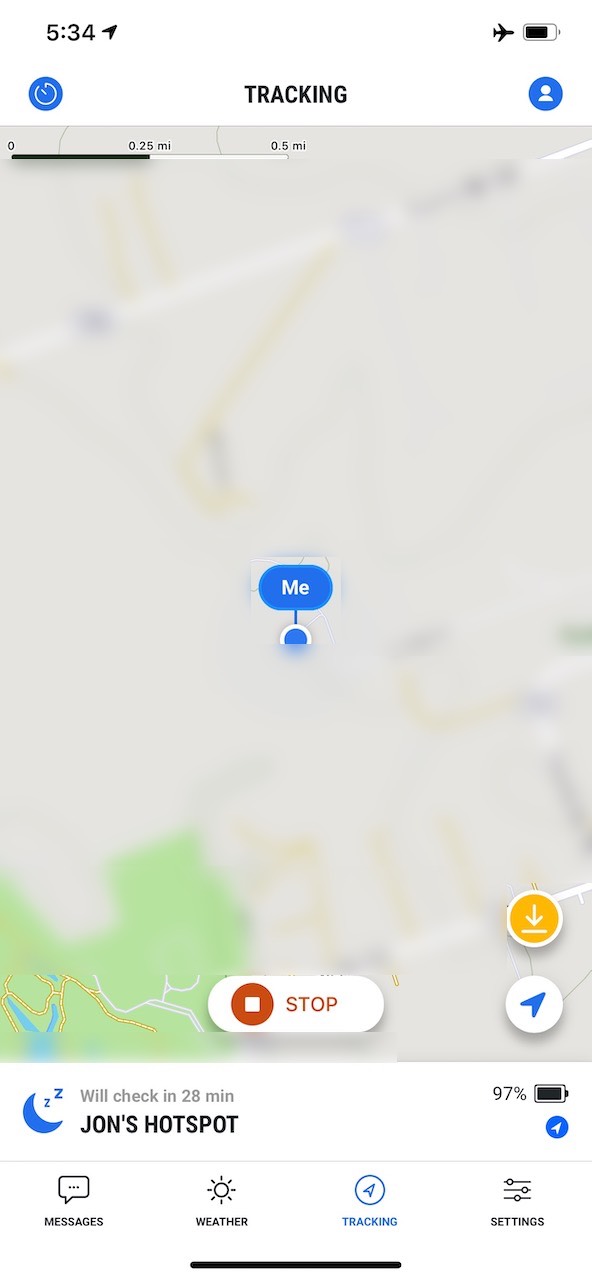
However, where the maps feature begins to pull away from a good offline maps app is in the social features, like location sharing. The fact that people can still check in on your location, even if you’re out of cell service range, can help greatly with the kinds of coordination problems people face in disasters.
As the Minneapolis city quote at the top of this article suggests, actually syncing up in-person with others in a situation with no cell service is one of the harder parts of navigating the aftermath of a disaster.
So if the people in your group all have Somewear hotspots, then you can pretty easily and reliably converge on one another with the mapping tool. You’d just add each other as friends on the app beforehand, and that way you can all find each other quickly.
You can also create and share waypoints, which I could imagine being useful in some group coordination scenarios where you’re trying to coordinate the activities of multiple people with hotspots. But this waypoint feature strikes me as more of a standard outdoors GPS feature than a practical emergency prep.
The app uses MapBox maps, and there’s no option to use any other flavor of maps. So if you wanted someone else’s topographical maps or satellite images, you’re out of luck — at least until they decide to change it by updating the app. One workaround is that you can get GPS coordinates from the app that you can plug into the offline map app of your choice. That would be a pain, though, and it’s another downside to using this as a main mapping tool in camping and generic outdoor situations.
Weather
The weather feature of this hotspot is nice, and gives you a by-the-hour breakdown that’s familiar to users of other weather apps.
You get temperature and chance of rain from it, as well as multi-day forecasts. All of this is useful for both backcountry trips and disasters.
Conclusions
As a general-purpose outdoors camping and hiking communicator, I might look at one of the other compact satellite communicators that have a built-in screen and keyboard. You’ll probably also want support for on-board topographical maps that these more camping-focused devices give you. Also, there’s something great about just leaving the smartphone behind when you head into the bush, but still knowing you can stay in touch if you need to.
More: New to preparedness? Go camping with your go-bag, even if it’s just in your back yard
However, as a prep I think the Somewear has those other satellite options beat. You’re just not gonna bust this thing unless you really try, because there’s no keypad, screen, or external antenna on it that can break. It’s built like like a hockey puck. It seems tailor made for charging up, tossing in a go bag, and forgetting about it until you need it. I don’t feel the need to baby it or put it in a case — I can just cram it in my pack and not think about it.
The external SOS button is a great feature if you’re in a bind and need an immediate evacuation, and for everything else, just use your smartphone with it. You’re already going to have your smartphone on you in an emergency, so the Somewear’s lack of a keypad and screen doesn’t hurt it.
As I said above, the main thing the Somewear Global Hotspot gives you that no combination of phones and radios can is the capability to easily send information to others without cell service. Every feature of the device that involves an outgoing message — specifically SMS and location tracking — is something unique that you can only get with satellite if cell service isn’t available.
In contrast, for ordinary GPS-guided offline maps, weather, and even hypothetical features like news or emergency alerts, you can get all that from some combination of the right cell phone apps and a traditional emergency radio.
So most of the product’s current features fall under the heading of “nice to have, but I can do this with a combination of a cell phone, some free or paid apps, and a cheap emergency radio.”
But the outgoing messaging function is truly critical for preparedness — a game-changer for keeping you connected in an emergency. The fact that you can use your normal smartphone interface for this is fantastic, as you’re already comfortable and familiar with it, and can manipulate it without any hassle when you’ve got bigger problems to worry about.
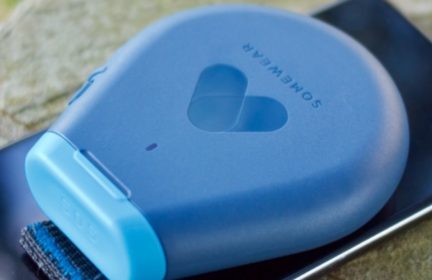

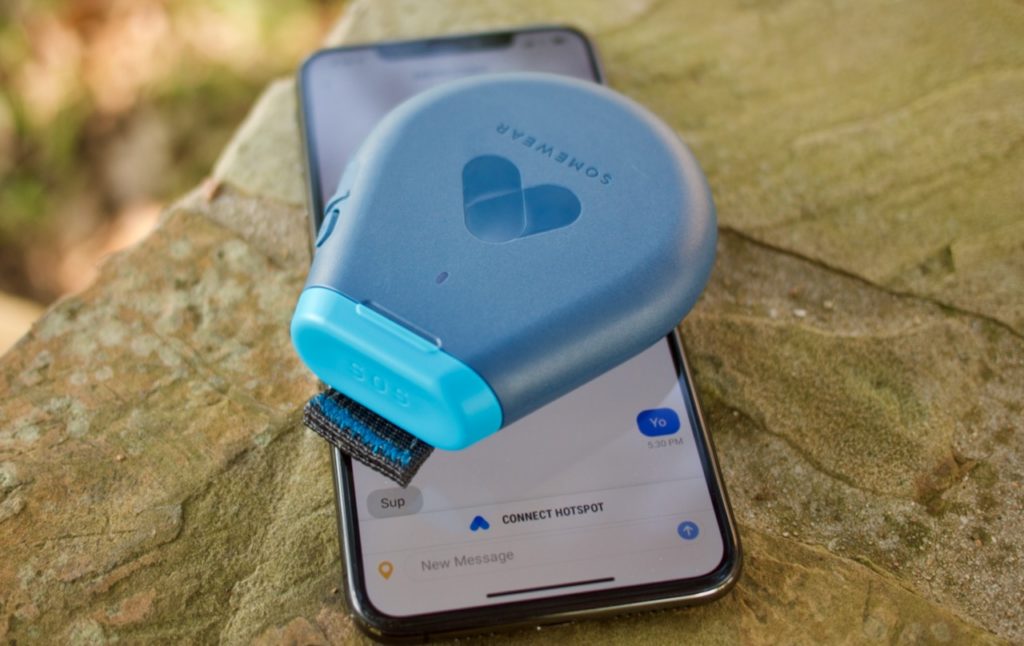
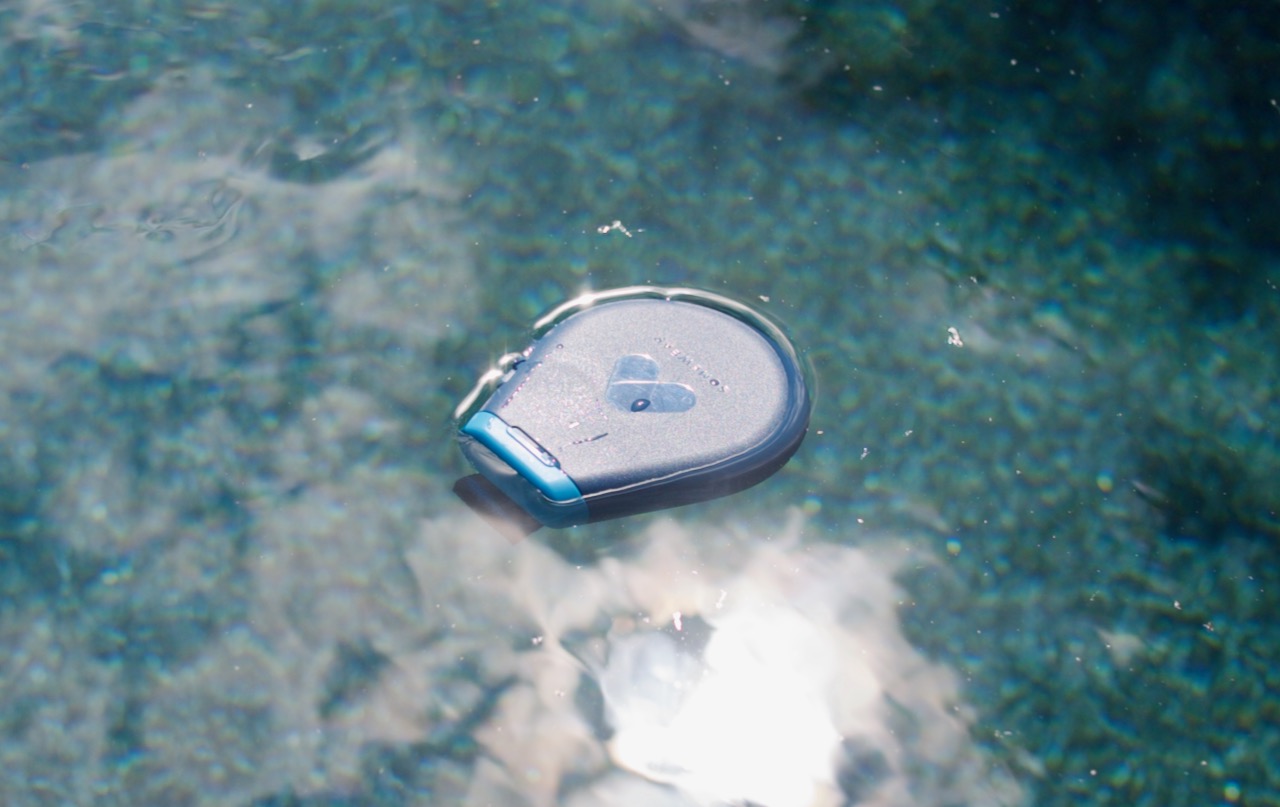
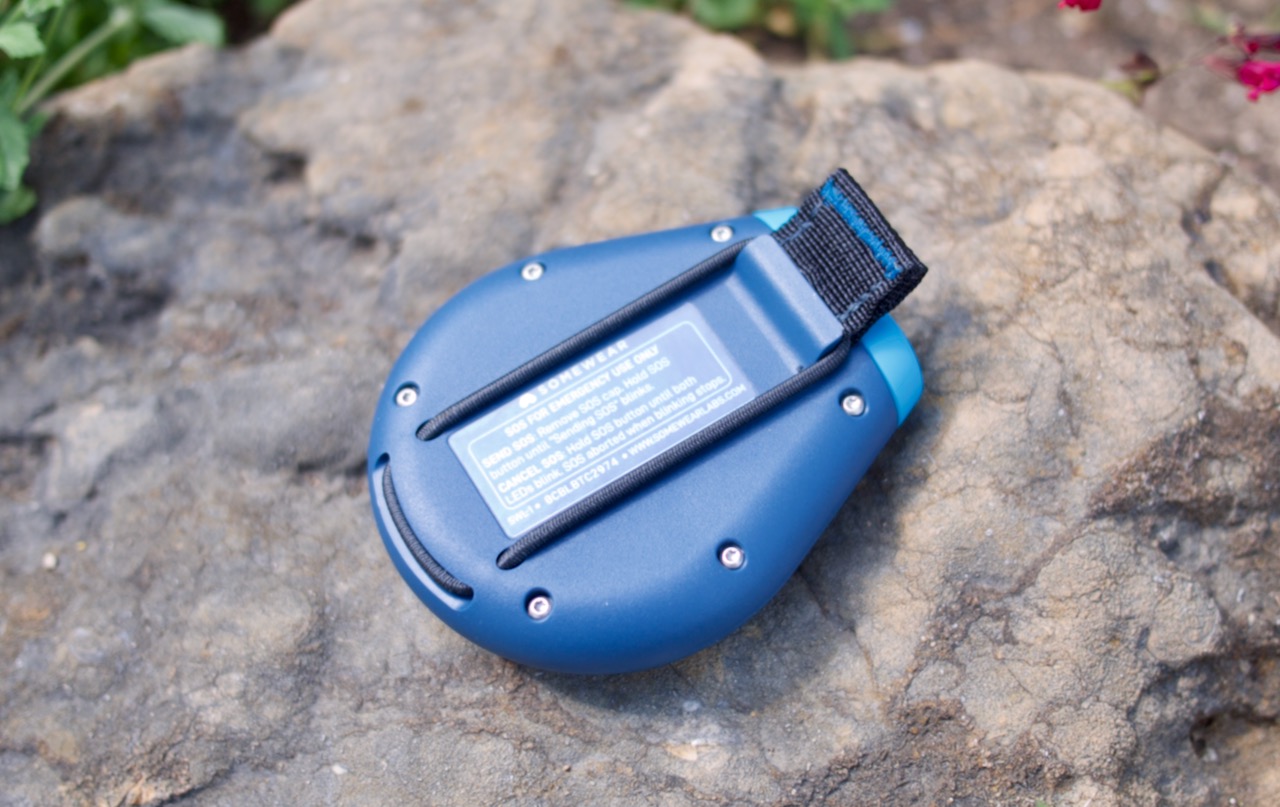
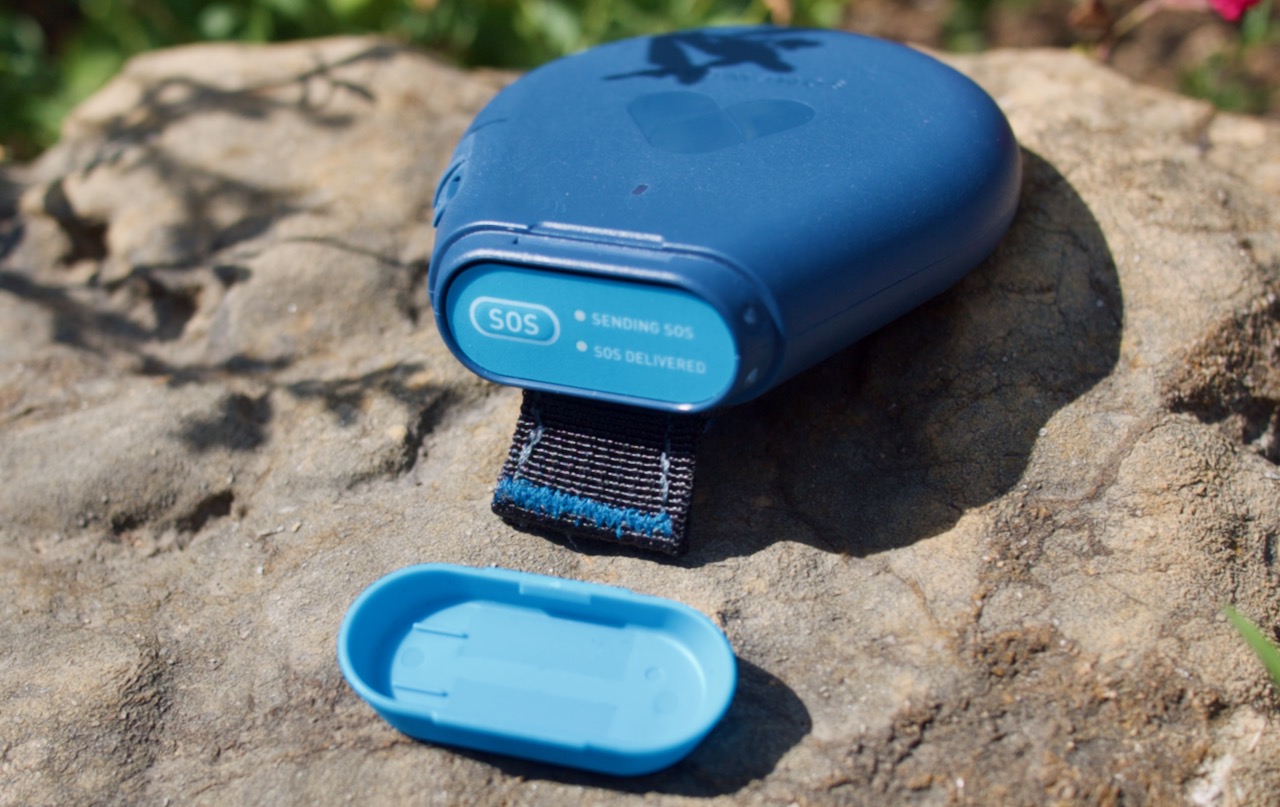
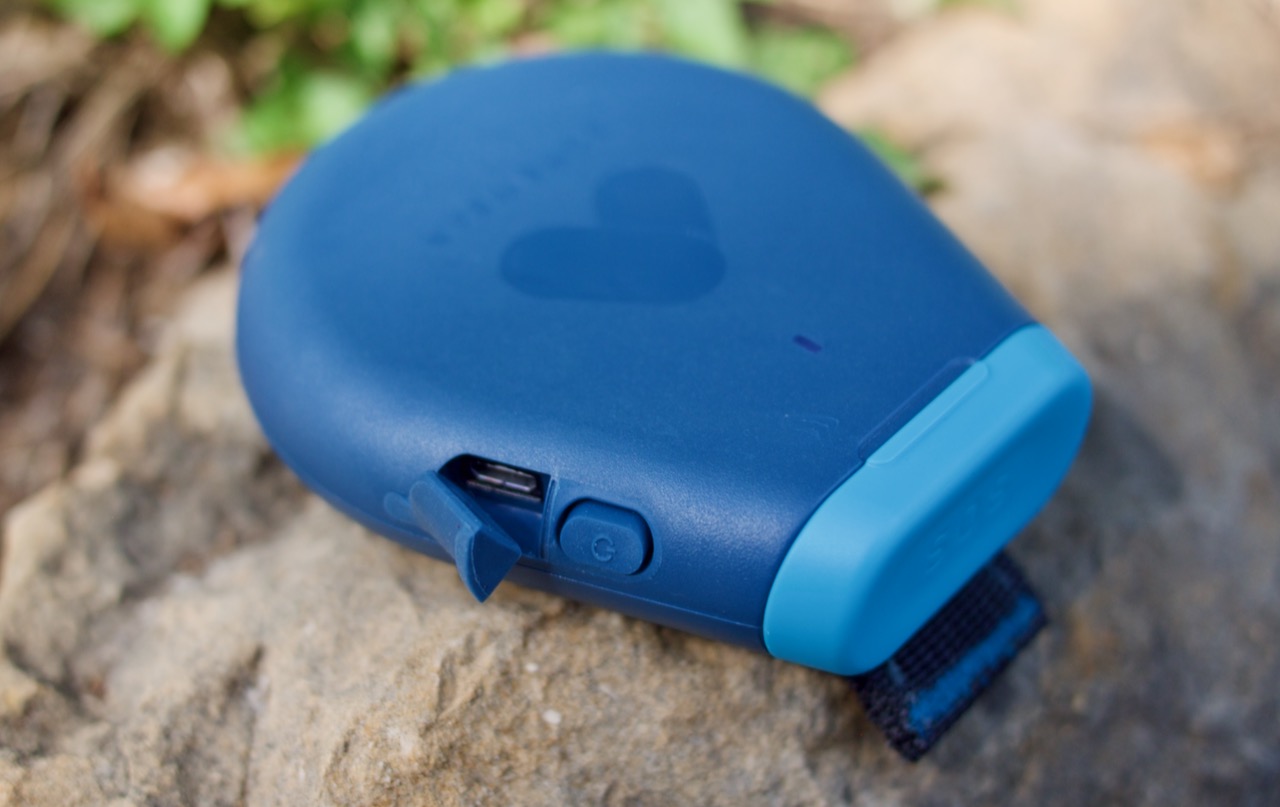
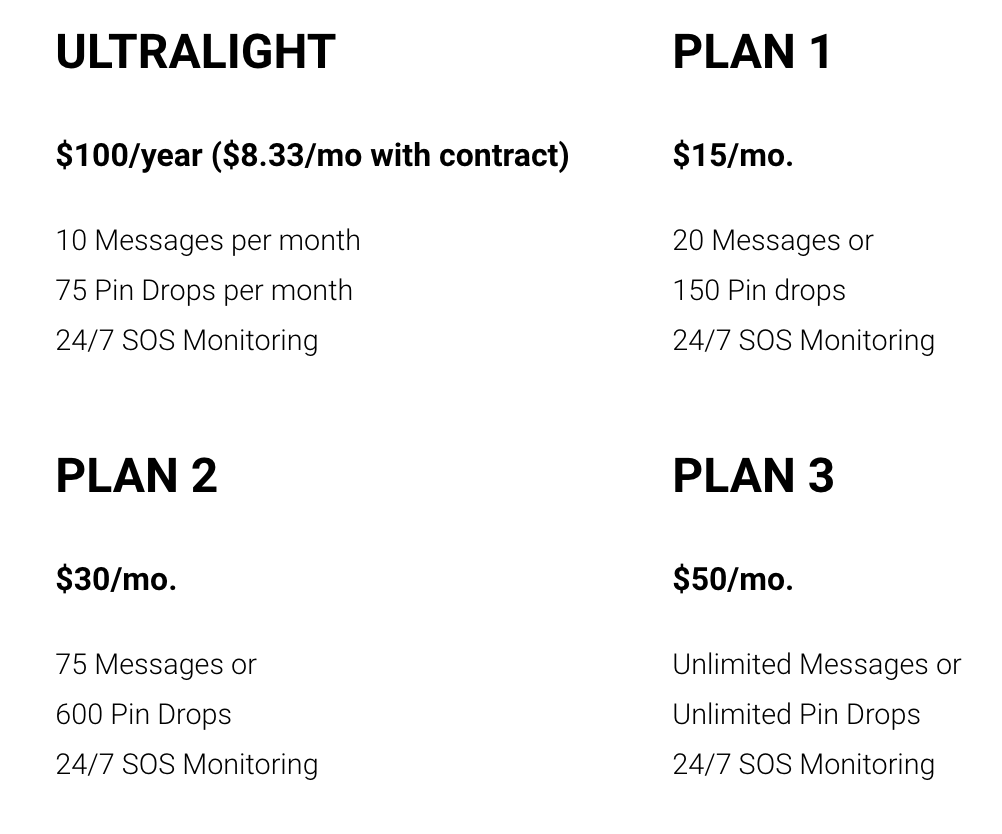

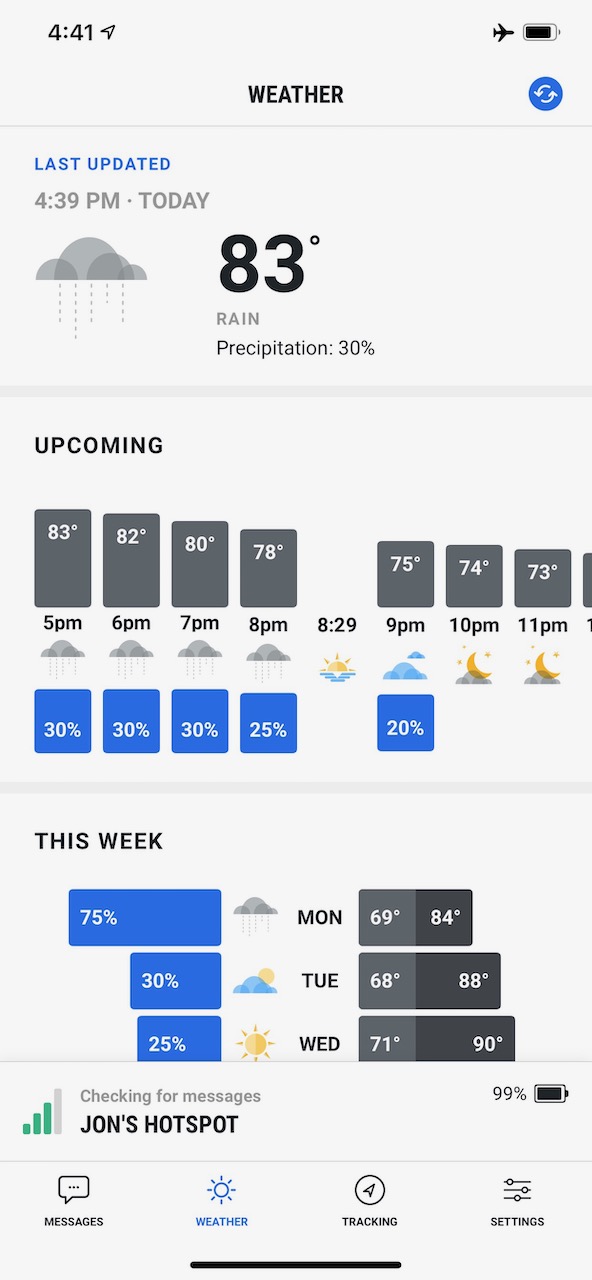
You are reporting the comment """ by on